Day for Night is everything you want out of a music, arts, cultural event—a culmination of the greatest minds in the creative realm. It’s that magical space that happens when authentic gallery culture and intentional, considered curation challenge the financial requirements of conformity from a mainstream festival.
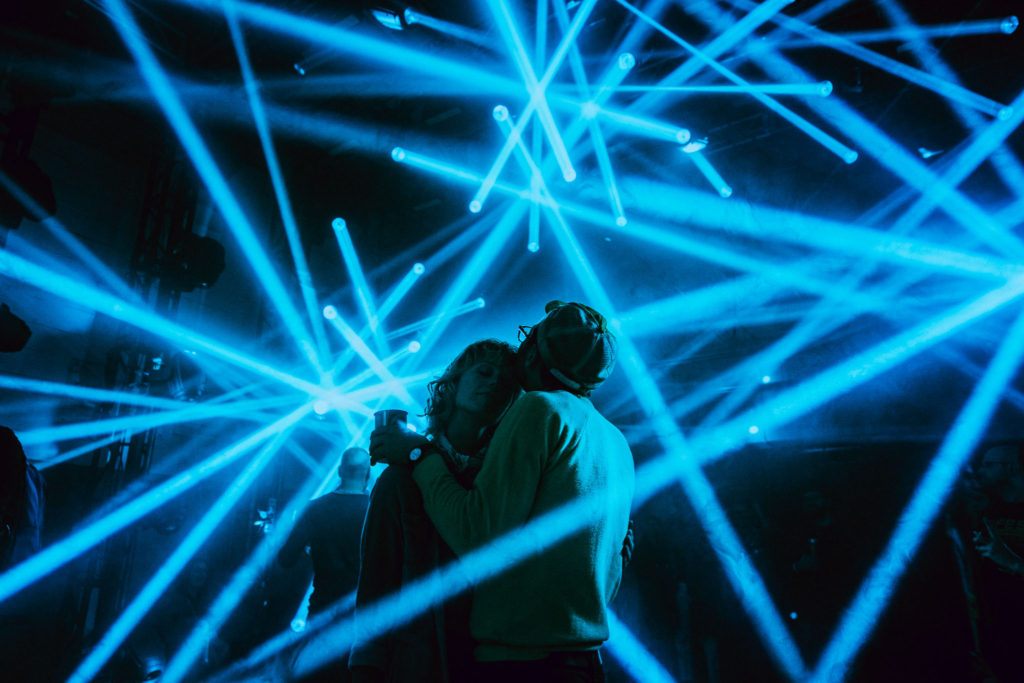
Courtesy of Julian Bajsel via Day For Night
Located in downtown Houston, the festival is in its third year and lives up to the dichotomy of its name. Outside, Day for Night has the stages you’d expect, the Heineken beer gardens, and the trampled Red Bull cans on top of a parking lot. But where the event sets itself apart is on the inside where most of its art installations—all based around light—can be found. An old postal sorting facility, reimagined at the event space known as Post HTX, plays host to the majority of what makes this festival so special. Inside this massive, concrete warehouse, Day for Night feels its most authentic. Billed as a “light and sound” experience, attendees will find that their favorite moments aren’t jumping to a repetitive beat they’ve heard on the radio, but rather sitting down and gazing at one of the installations—which can sprawl over entire rooms—with their friends. Tundra filled a room with red lasers that evoked a subterranean security system and the notable United Visual Artists used the absence of light to simulate the vastness of our solar system.
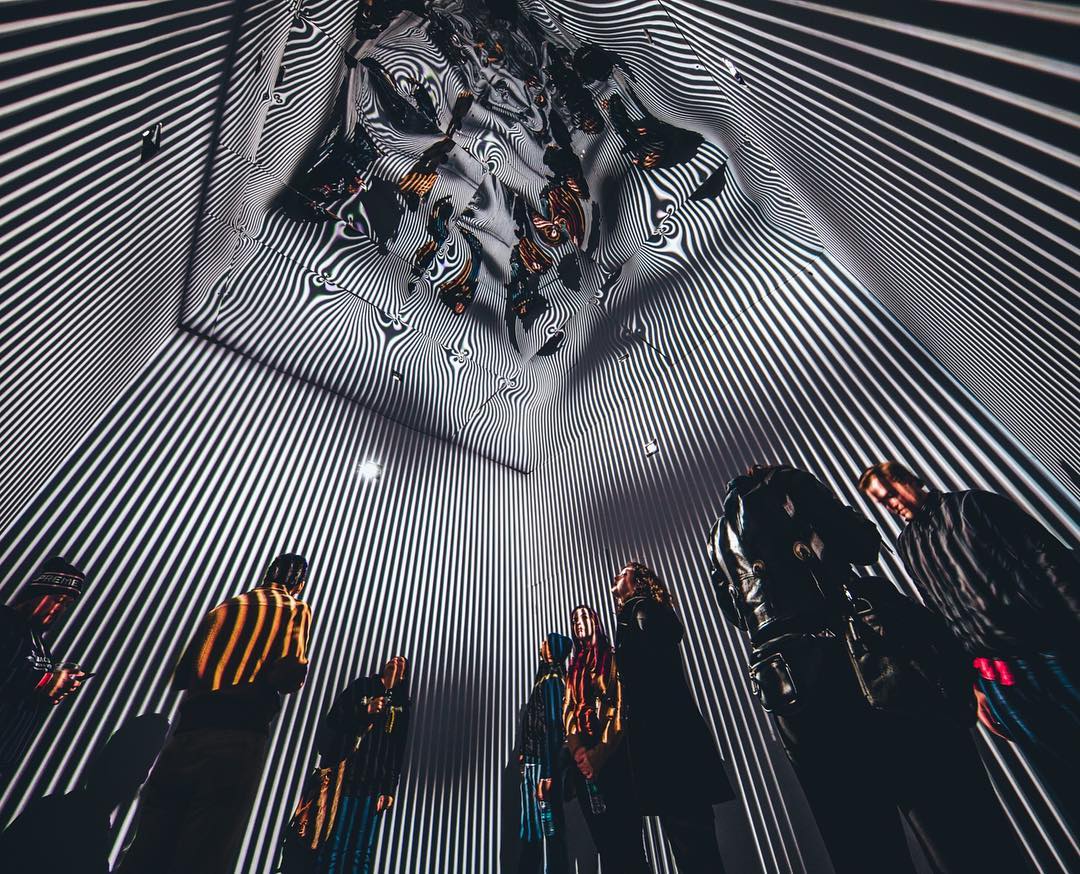
Courtesy of Day for Night
Truth be told, the art takes the forefront. Without it, Day for Night would just be another festival. But saying that it’s only about the art would be doing it a disservice. The musical lineup is just as closely curated and offers experiences hard to find elsewhere. The indoor, deep-house raves demand the same attention as the immersive art pieces and erupt with mosh pits (notably during Mykki Blanco in 2016) unexpectedly. Turn the corner into a space you feel you shouldn’t be allowed and you may find an art performance in progress, like the mesmerizing, hypnotic performance by Nonotak.
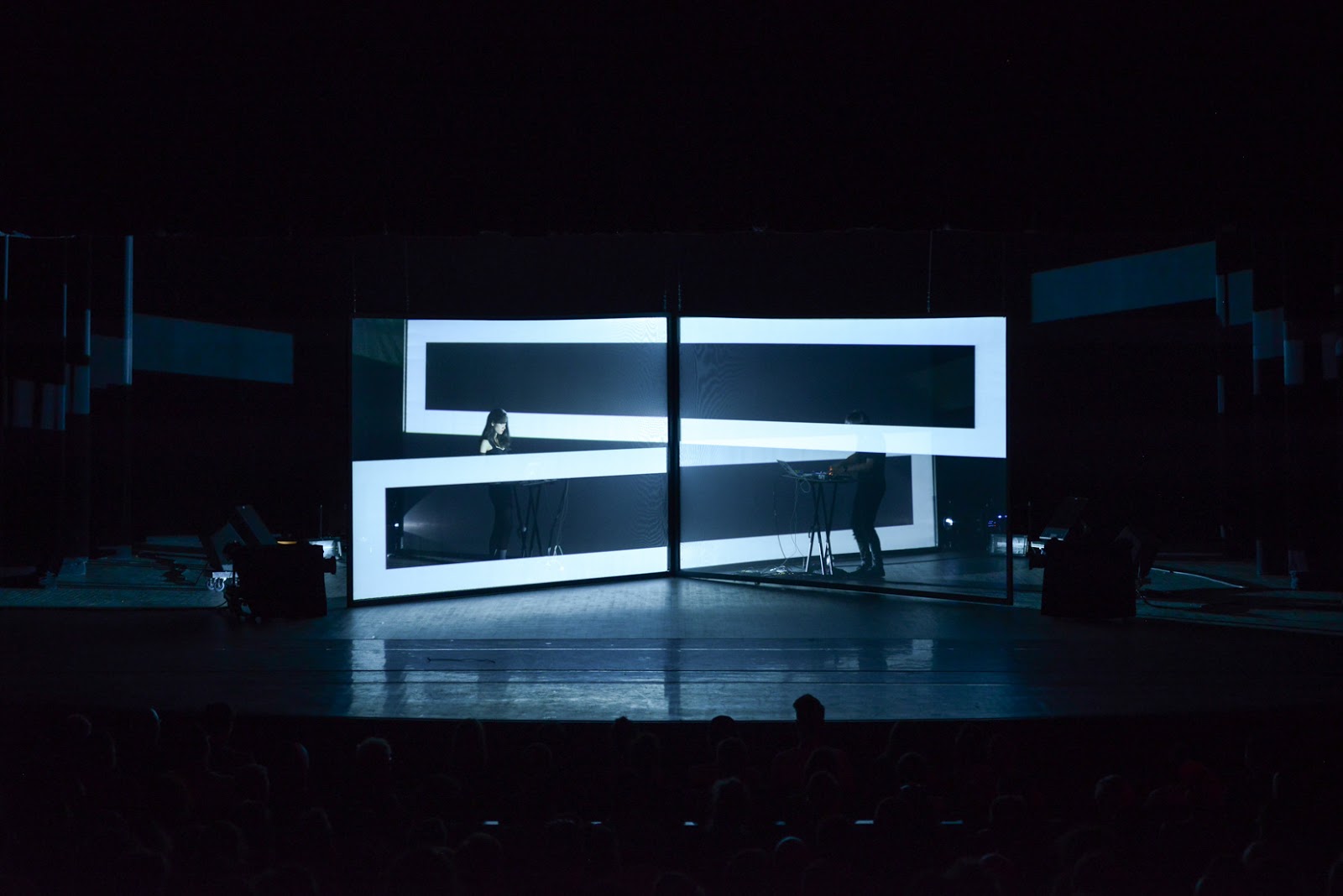
Nonotak | Courtesy of Day for Night
But Day for Night also knows how to give brief respites to these wholly enjoyable challenges. In 2016, Kaskade performed a euphoric spectacle preceded by the dark, insidious set from Aphex Twin. Odesza’s drum-pounding and flashy production clashed vibes with a barebones Bjork DJ set where she wore a mask, hid behind trees, and made the audience realize they were meant to close their eyes to truly enjoy it. This year, that tradition continues with the likes of Thom York, Pretty Lights, Solange, Nine Inch Nails, James Blake, Justice, and Jamie XX.
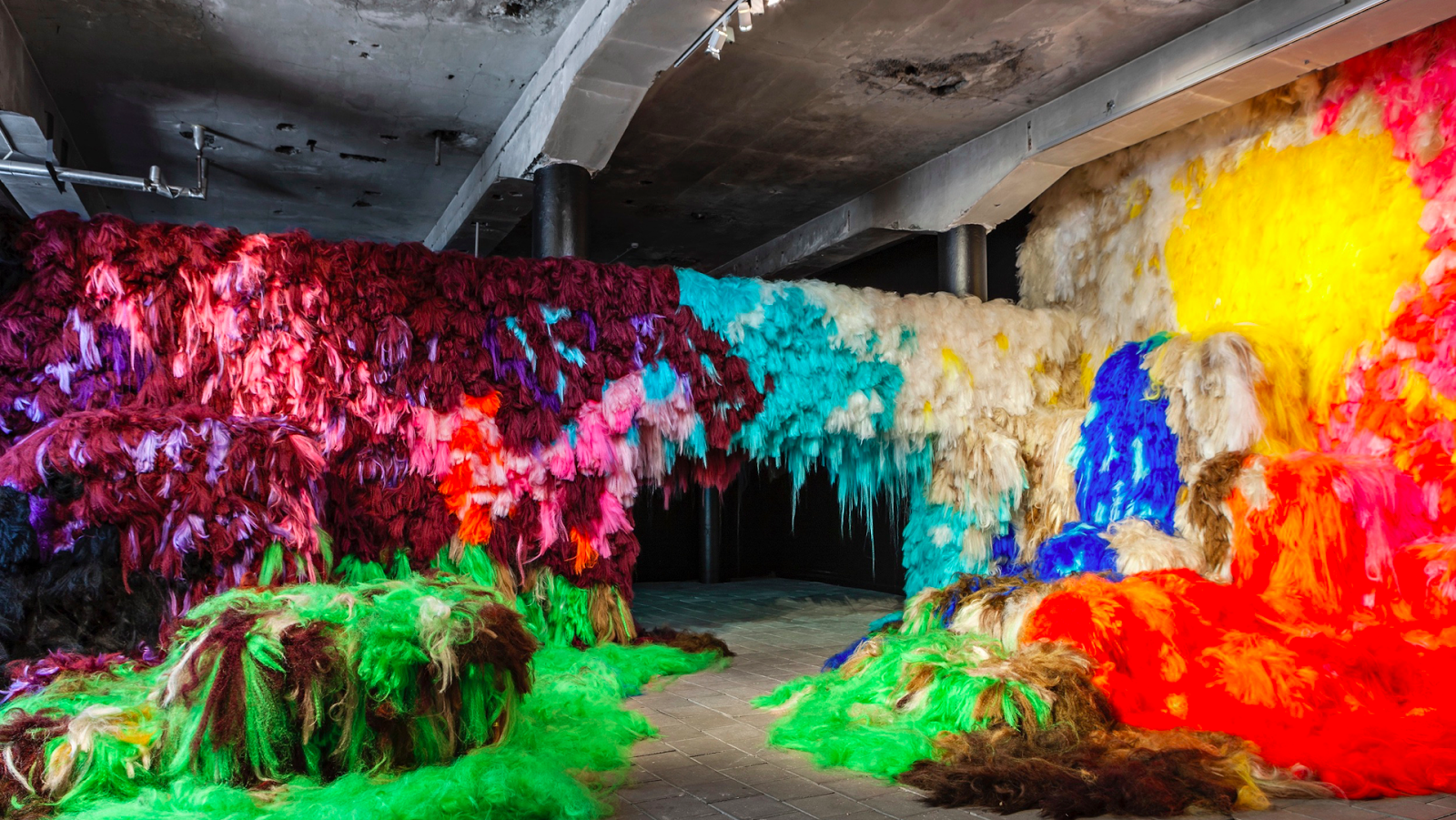
Ghostbeast’s Shoplifter made of thread and yarn. | Courtesy of Day for Night
Day for Night doesn’t seem to care about getting the most popular acts or trying to outdo a competing fest. Everything about the event is about its distinctive feel. This is not a Lollapalooza, Panorama, or Outside Lands which feel like they’re all contending for big names and the magic ratio of EDM, rock, and hip hop. Simply put, Day for Night excels because of its identity and curation to support it.
In an interview with Artnet, Day for Night curator Alexandre Czetwertynski explained why he felt that they needed to break the mold: “Probably because the music festival experience is so formatted that people start getting bored of the concert/break/concert and repeat formula. Audiences want to be engaged all the time, and installation art is a great way for festivals to take advantage of their (typically large) footprints to create opportunities for immersion.”
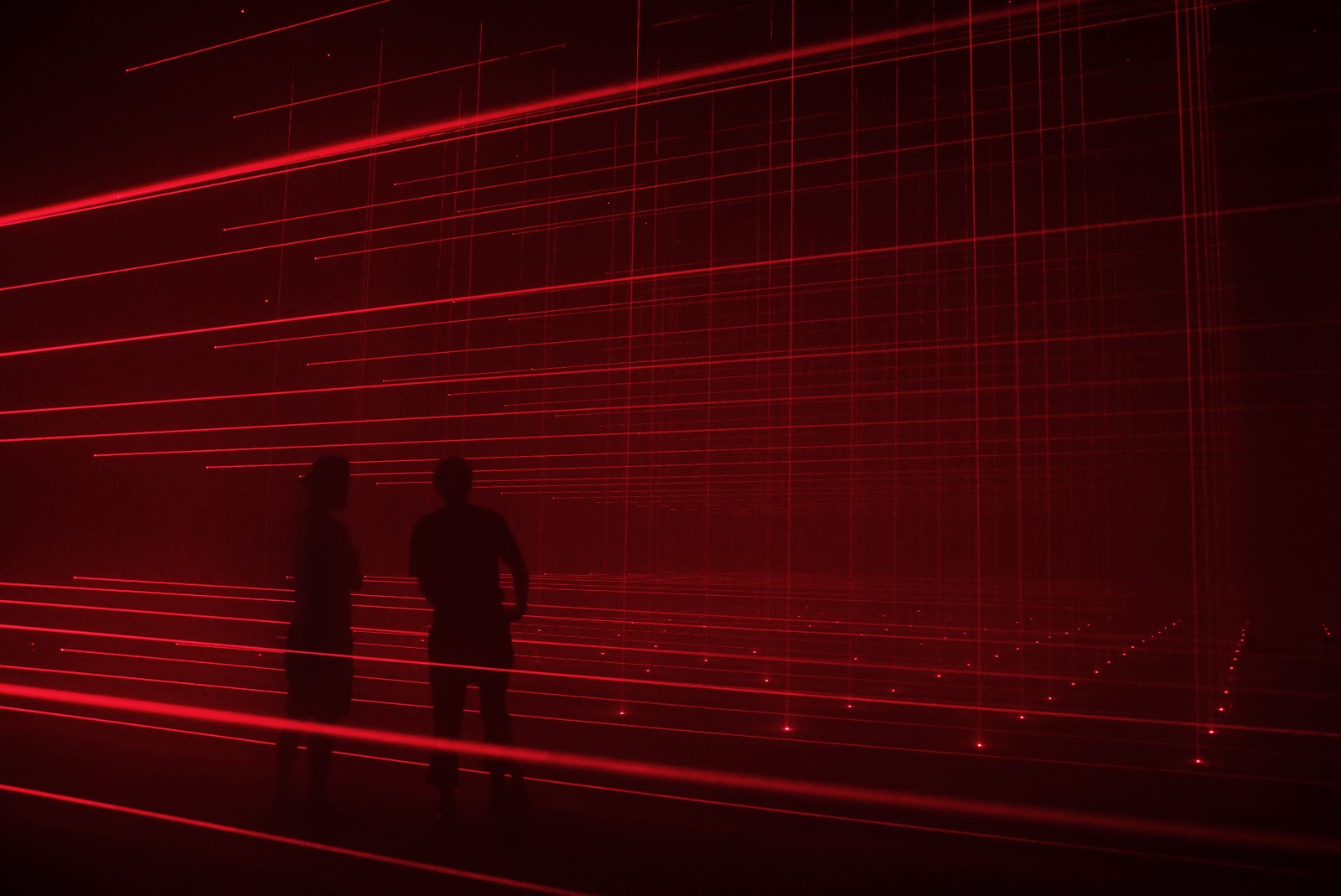
A 200 foot building with over 400 makes up Tundra’s Outlines. | Courtesy of Day for Night
All in all, Day for Night has the soul that’s been missing from the festival explosion over the last few years. It’s intentional, unwavering in its identity, and impressively established for its age. Day for Night has proven that having the right acts are better than the most popular. The curators have a way of booking a headliner you would have never guessed that make you say, “Oh, they’re perfect.” The confidence to do so is emblematic of the culture this festival exudes. The best thing anyone can say about Day for Night is that, just in its third year, you know what it’s about.
You can see more from Day for Night on their Instagram, or if you’re already sold, you can buy tickets at www.dayfornight.io
Feature image: German artist Robert Seidel ‘s Hybris, courtesy of Day for Night

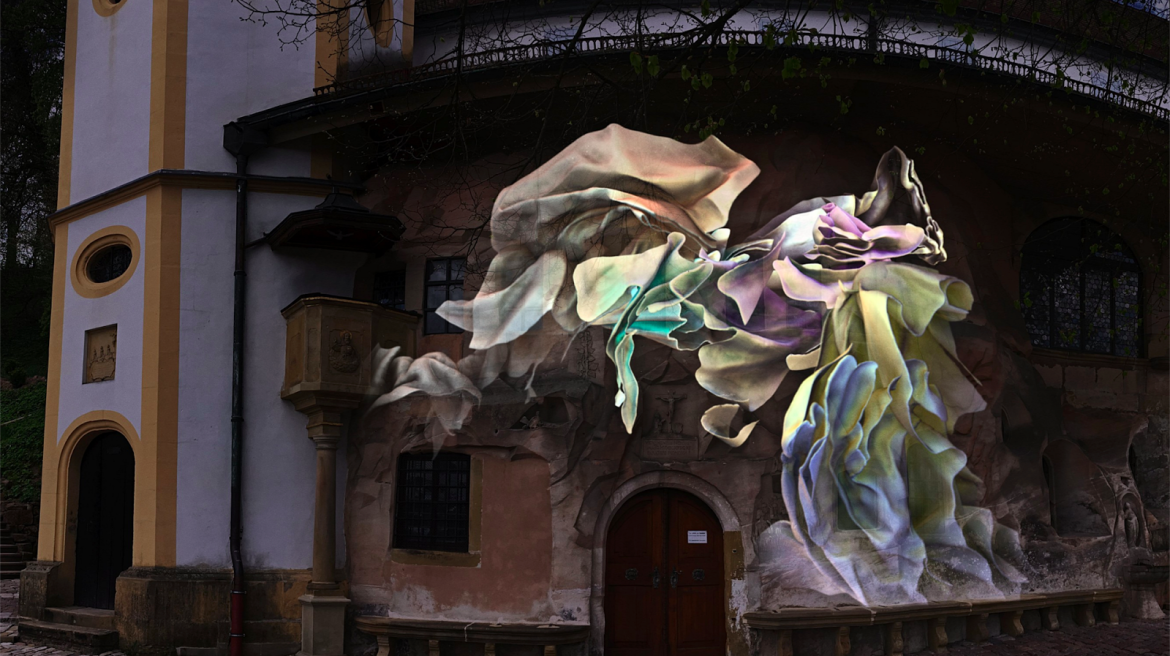





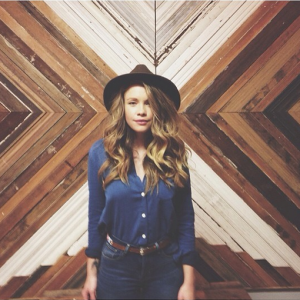

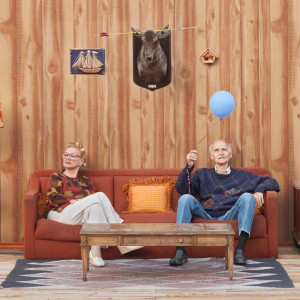
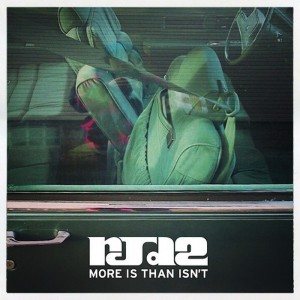
Leave a reply